#eristalinus
Text


it's fun to spot something that looks like a bee and realize it's a drone fly (Eristalis). what's even more fun is to then realize it's not Eristalis but actually their funky-eyed cousins, Eristalinus. these two stripy-eyed friends are Eristalinus taeniops, but other species in the genus have equally weird patterns on their eyes that range from slightly different stripes to dozens of tiny dots. or both!
(male on the left, female on the right; note the distance between the eyes, a form of sexual dimorphism present in many flies that's very easy to spot)
3 notes
·
View notes
Photo
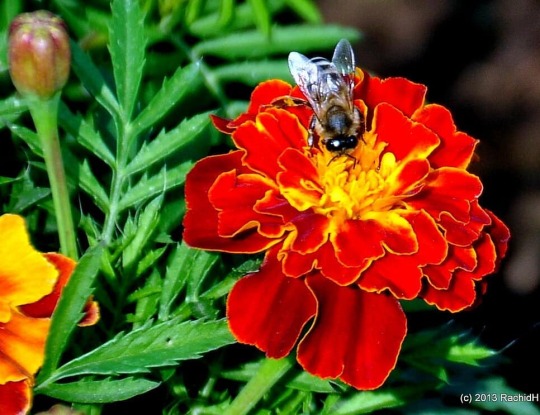
Carmen Marigold ~ Tagetes patula Nana ~French Marigold ~ Œillet d'Inde ~ hosting a Honey Bee or is it a Band-eyed Drone Fly ~ Hoverfly ~ Eristalinus taeniops - Syrphidae in Maadi, Cairo, Egypt. #CarmenMarigold #Marigold #Tagetes #Tagetespatula #FrenchMarigold #Œillet #Œilletd'Inde #Bee #Band-eyedDroneFly #DroneFly #Hoverfly #Eristalinus #Eristalinustaeniops #Syrphidae #Maadi #Cairo #Egypt #Flowers #Streetflowers #Gardens #Blossoms #Blooms #flowersofinstagram #macrophotography #macros #Syrphid #Syrphe #macrophotography #macros #insects #insectsofinstagram #Entomology https://www.flickr.com/photos/rachidh/albums (at MaAdi, cairo , Egypt) https://www.instagram.com/p/Caz4p9pKvuj/?igshid=NGJjMDIxMWI=
#carmenmarigold#marigold#tagetes#tagetespatula#frenchmarigold#œillet#œilletd#bee#band#dronefly#hoverfly#eristalinus#eristalinustaeniops#syrphidae#maadi#cairo#egypt#flowers#streetflowers#gardens#blossoms#blooms#flowersofinstagram#macrophotography#macros#syrphid#syrphe#insects#insectsofinstagram#entomology
0 notes
Text






2 notes
·
View notes
Text

ツワブキに来ていたキゴシハナアブ(11月16日)
Eristalinus quinquestriatus
5 notes
·
View notes
Text

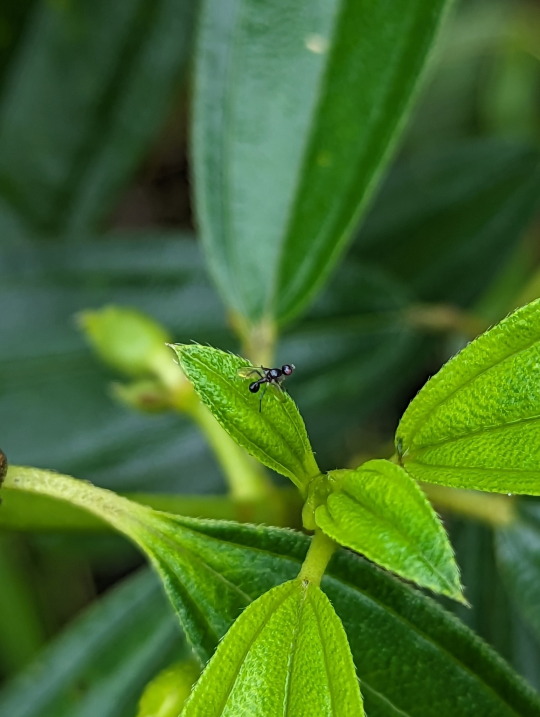
Photos 1-2 - Sepsidae: Parapalaeosepsis sp.

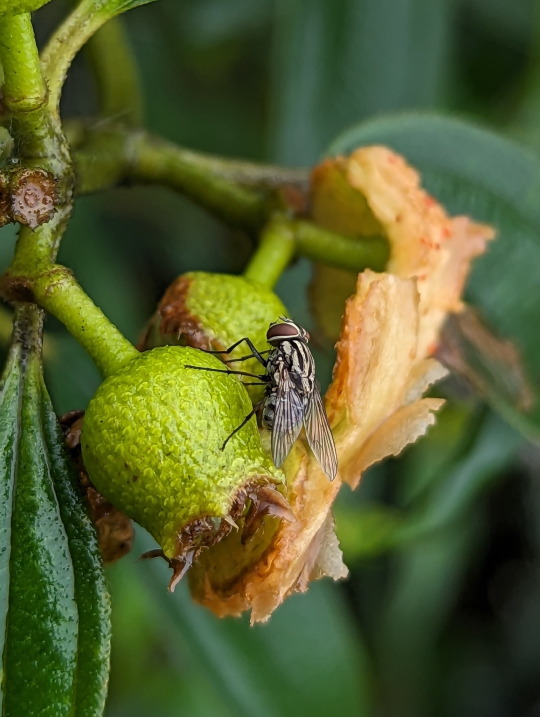
Photos 3-4 - Muscidae: Graphomya sp.
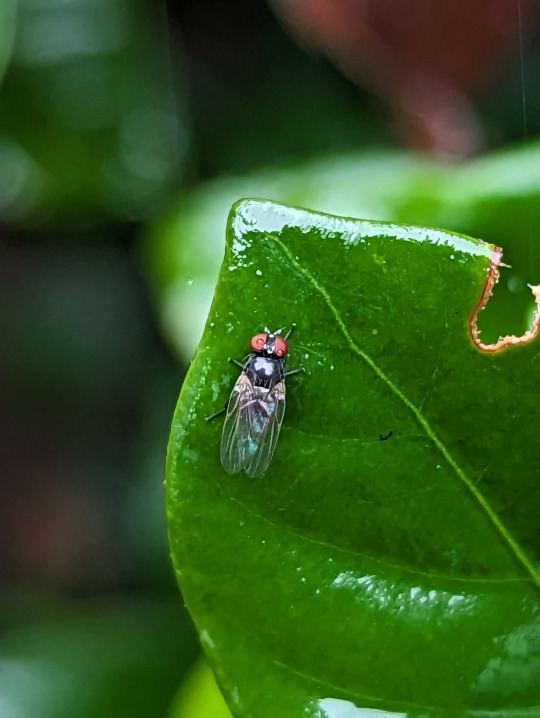

Photos 5-6 - Acalyptratae sp.

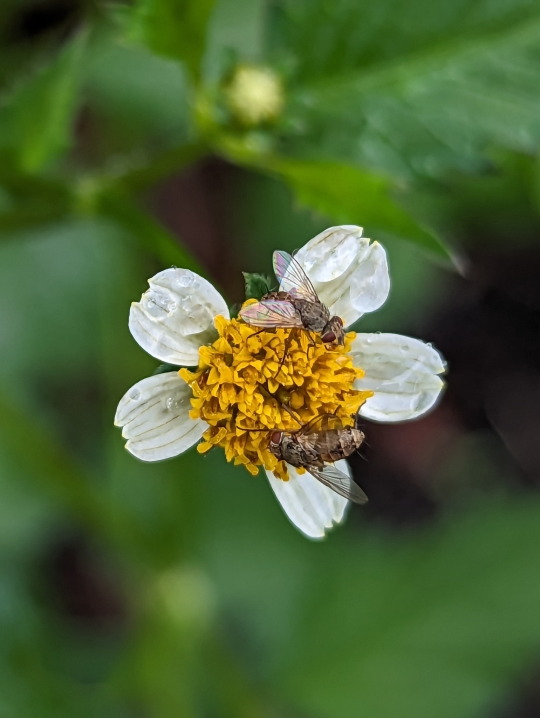
Photos 7-8 - Tachinidae sp. (multiple specimens)

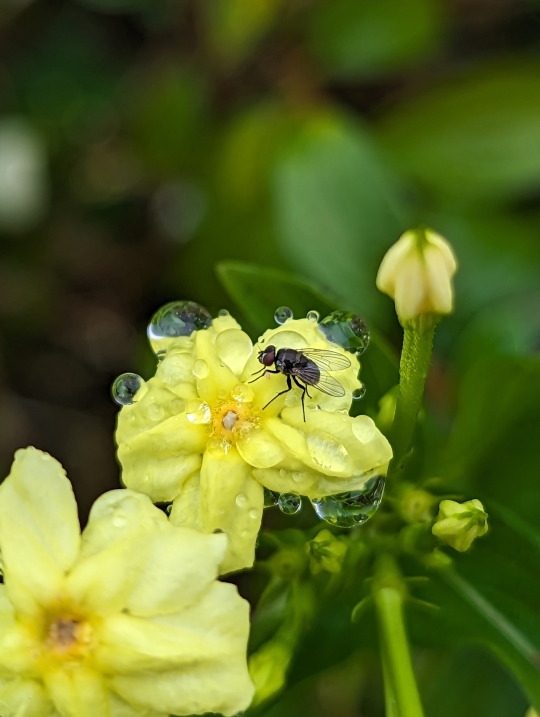
Photos 9-10 - Muscidae: Limnophora sp. (multiple specimens)
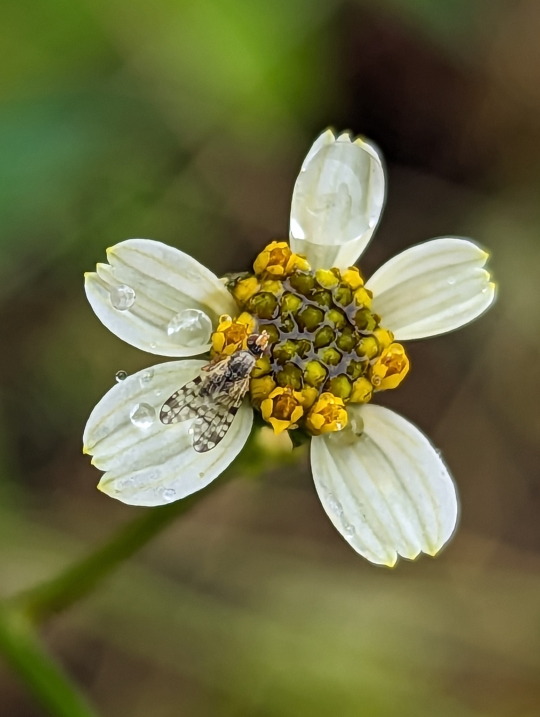

Photos 11-12 - Tephritidae: Campiglossa sororcula

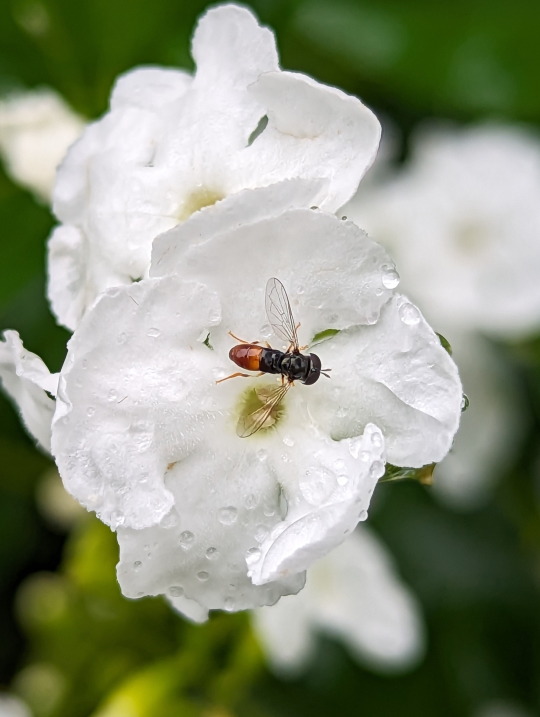
Photos 13-14 - Syrphidae sp.

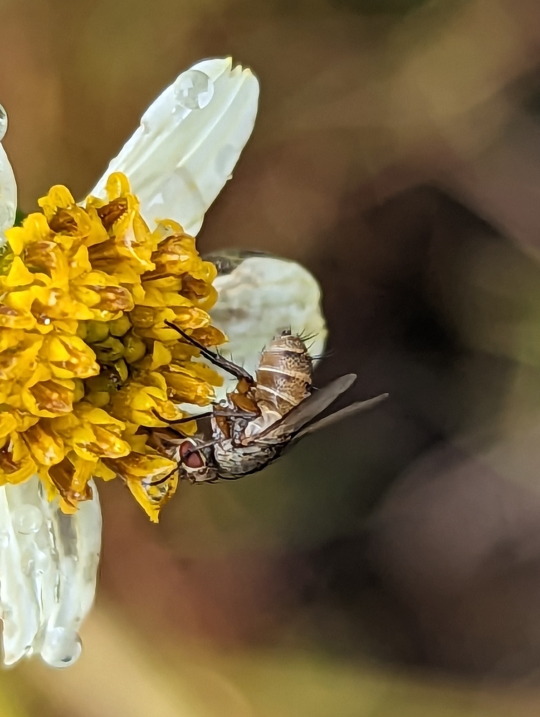
Photos 15-16 - Tachinidae sp.
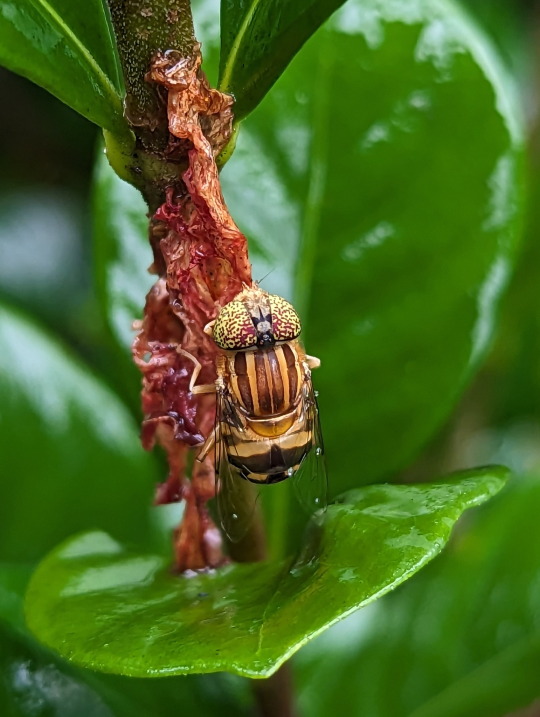
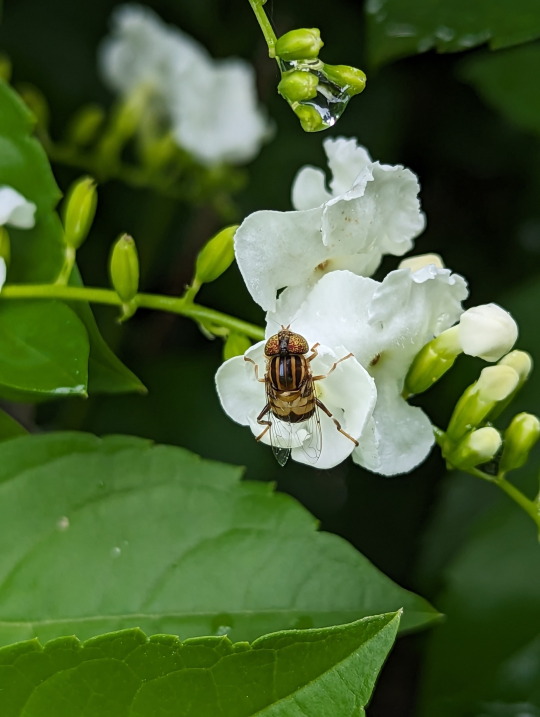
Photos 17-18 - Syrphidae: Eristalinus sp. (multiple specimens)


Photos 19-20 - Syrphidae sp.
Flies found in farming area, rainy day.
Not sure why they all came out suddenly.
04/07/23 - Diptera spp. - sugarcane farmland
#Parapalaeosepsis#Sepsidae#Black Scavenger Flies#Brachycera#Brachyceran Flies#Diptera#flies#Muscidae#Graphomya#unidentified#Muscoid Flies#Tachinidae#Limnophora#Bristle Flies#Acalyptratae#Campiglossa sororcula#Blackjack Fly#Tephritidae#Fruit Flies#Syrphidae#Hover Flies#Eristalinus#Lagoon Flies#bugs#bugblr#bugs tw#bug#insects#insecta#insectblr
14 notes
·
View notes
Text

Band-eyed Drone - Mosca-tigre (Eristalinus taeniops)
Cruz Quebrada/Portugal (23/09/2023)
[Nikon D850; ∑150mm F2.8 EX DG OS HSM APO Macro with Flash Nissin Di 700A; 1/320s; F20; 400 ISO]
11 notes
·
View notes
Text
Bug Spotlight #1: Eristalinus taeniops
Stripe eyed lagoon flies are a genus in the hoverfly family Syrphidae. I've taken some liberties with the color in this illustration, but the eyes of Eristalinus taeniops do indeed have stripes and speckles in real life.

#insect tw#Bug Spotlight#planning on turning this into a running series#don't know how often I'll do them yet#eyestrain#diptera
3 notes
·
View notes
Text
Conociendo a los polinizadores que sostienen la vida del planeta

Con Greenpeace seguimos conociendo a las especies más importantes para la conservación de la vida en el planeta: los polinizadores naturales. Un viaje a un mundo fascinante que presta un natural y silencioso servicio a la vida y a la conservación de la biodiversidad.
El mundo de las Avispas. (Ancistrocerus antílope)
Las avispas nos pueden producir temor a primera vista. Sin embargo, hay que pensar muy bien antes de atentar contra una de ellas ya que cumplen una inestimable función en la naturaleza. Son difusoras de vida y gestadoras de biodiversidad. A diferencia de las abejas, que son herbívoras, las larvas de avispas se alimentan principalmente de insectos o arañas. Pero, gustan como sus primas hermanas las abejas, el visitar a las flores para extraer su exquisito néctar que les aporta una importante dosis de energía.
Las avispas se han desarrollado de la mano de otras especies de la naturaleza, como casos de especializada coadaptación. Un caso emblemático es el de las avispas de los higos (familia Agaonidae), en el que se observa que la avispa hembra pone sus huevos en el interior de los higos. Allí en el interior del fruto de la higuera, la avispa deposita sus huevos en algunas de las futuras semillas . Cuando las larvas se desarrollan y nacen las jóvenes avispas, éstas visitan otros árboles de esta misma especie depositando el polen que trajeran del higo que fuera su primer hogar natural.
Este caso emblema prefigura la importancia del rol que cumplen todas las especies de avispas en la naturaleza y cada una tiene una misión particular que cumplir. Cada especie de avispa, visita a una determinada ‘otra especie’ en el mundo natural, árbol o flor, para regalar fecundidad y propagar la vida y la biodiversidad.
Las hormigas pueden ser agentes polinizadores
Las pequeñas hormigas son maravillosos insectos que enseñan verdaderamente lo que es vivir en un orden social fecundo y armónico. Las hormigas viven en colonias, pero visitan flores frecuentemente y también suelen sentirse atraídas por ese néctar que les es ofrecido por ellas con excelentes cualidades nutrientes. Pero, a pesar de estar en contacto con el polen , muy pocas son polinizadoras. Las hormigas obreras no tienen alas así que no pueden llegar lejos en su trayectoria y raramente visitan diferentes plantas. La excepción la hacen las hormigas conocidas como Euphorbia, que frecuentan algunas plantas rastreras y pueden efectuar la polinización cruzada.
Las moscas de las flores . (Eristalinus aeneus)
Las moscas o dípteros son grandes polinizadores naturales. Dentro de las muchas especies existentes hay moscas que en vez de ser atraídas por desechos y basura, tienen gusto por las flores. Este es el caso de la familia de avispas Syrphidae que visitan flores de corola abierta principalmente por el néctar, pero también por el polen, especialmente las hembras que necesitan de esta proteína para la maduración de sus huevos. En conclusión podemos decir que las moscas de las flores en general, no están tan bien adaptadas a la polinización como las abejas, no son tan vellosas ni tienen órganos para transporte de polen, pero también efectúan la polinización, como se lo indica su biología. La naturaleza luego hace el resto y devuelve verde, vida y espesura en biodiversidad.
Las mariposas. (Pieridae Colias sp)
Ver a las mariposas en acción es maravilloso. Ellas parecen realizar su acción polinizadora con inconmensurable alegría. Ágiles y livianas, durante su corta vida, polinizan miles de flores en un quehacer continuo y sin descanso. Muchos lepidópteros, o sea las mariposas de vida nocturna, también son polinizadores. Solo unas pocas especies de mariposas pueden alimentarse con polen, acción que realizan solamente después de disolver sus nutrientes con el néctar y absorberlos como líquidos. Las mariposas diurnas también tienen preferencia por algunas flores y plantas, por ejemplo gustan mucho de posarse sobre lilas y madreselvas que parecen ser entre todas , sus preferidas .
Hemaris fuciformis. (Moro)
Las mariposas nocturnas polinizan flores que se abren de noche , al atardecer o al amanecer, como es el caso de algunas variedades de las familias Convolvulaceae y Caryophyllaceae. Las familias de mariposas nocturnas Noctuidae, Geometridae y Sphingidae contienen muchas especies de polinizadores y son el complemento esencial de sus pares que realizan su labor polinizadora durante el día. Su belleza y sus colores que van del negro a los grises y ocres, no fueron creados por la madre naturaleza para ser apreciados por el ojo humano. Su labor metódica y fecunda se realiza en el silencio de la noche llevando vida y fertilización en la calma de las horas tranquilas y de reposo para el resto de las especies, incluyendo al hombre, quien hoy por su prácticas de fumigación está menguando a todas las especies que realizan este servicio natural y esencial.
Originally published at http://accionbiodiversidadblog.com/ on March 2, 2023.
0 notes
Text
#1805 - Eristalinus (Lathyrophthalmus) punctulatus - Golden Drone Fly
A frequent problem on insect ID groups is somebody submitting a photo that was apparently taken from a few kilometers away, with a potato. And if the photo is then posted to Facebook the quality goes from merely garbage to utterly feculent dogshit. Usually, your only response can be something like the following -

As an example of the kind of thing I have to deal with on a regular basis, the following photo of a ‘fly-looking thing on mint flowers’, in Melbourne. At least the photographer admitted in advance the photo was poor, and wasn’t actually expecting an immeadiate answer or a refund on his pest control payments (I do pest control for a living - most of the IDs are just for fun).

That said, sometimes you manage to ID them anyway.

Photo by the Chews, in Brisbane.
Eristalinus (Lathyrophthalmus) punctulatus is one of the hoverflies that have large aquatic larva with a long butt-snorkel, commonly known as rat-tailed maggots, that live in drains, swamps, sewage ponds and other stagnant water with lots of microorganisms for them to eat. The adults are enthusiastic pollinators, but I suppose nectar must make a nice change from rancid liquid feces.
This particular species is widespread in Australia, noteworthy for the bold warning colours and markings that help it pretend to be a bee (although the related Eristalis tenax is an astonishingly good honeybee mimic), and the delightfully complex eye markings. It’s suspected the different coloured facets help the flies continue to see well as they fly in and out of dappled sunlight, with some facets pre-adapted to shade, and the others working best in full sun.
6 notes
·
View notes
Photo

#camerakazhchakal#team_riders #photographylovers#instagood #natural#naturephotography#lightroom#bees#Eristalinus#Insects #travelphotography #mobile_photography #streetphotography #teamkalimayam #snapseed #landscape #macrophotography #mobileclick #kerala #india #keralagram #photography #gopurj #keralagodsowncountry #keralatourism #godsowncountry #realme7#realme #malappuram #kozhikode (at Sky) https://www.instagram.com/p/CQttzuRjZd8/?utm_medium=tumblr
#camerakazhchakal#team_riders#photographylovers#instagood#natural#naturephotography#lightroom#bees#eristalinus#insects#travelphotography#mobile_photography#streetphotography#teamkalimayam#snapseed#landscape#macrophotography#mobileclick#kerala#india#keralagram#photography#gopurj#keralagodsowncountry#keralatourism#godsowncountry#realme7#realme#malappuram#kozhikode
0 notes
Text

this is a meadow fly (Chrysotoxum sp., possibly C. intermedium), a favorite of mine due to the smooth plasticky look, almost as if someone tried to sculpt a more traditional-looking hoverfly in blender and didn't want to render a bunch of little hairs. of all the (many) hoverfly species out here these are probably the ones i most want to get a decent close-up of, along with Eristalinus. someday i'll find a sleepy one
11 notes
·
View notes
Photo



Verbena (vervain) and Eristalinus aeneus (common lagoon fly)
Lord of the Flies
Let’s face facts: as valuable pollinators, flies get very little respect. Bumblebees and butterflies are cute but flies are considered household pests - “Harbingers of filth and disease.” to quote Mrs. Flowerishness. ‘Save the bees’ is a common rallying cry for environmentalists, but I have yet to hear ‘Save the flies’.
Consider the common lagoon fly, widely distributed in North America and Europe. Apart from it’s interesting, spotted eyes, it looks like any other fly. It’s actually a type of hoverfly and this family does have some attractive members but, unfortunately, the common lagoon fly isn’t one of them.
Human beings are possibly the only species that appreciates beauty. Indeed, your average flower garden is a poster child for ‘Survival of the Prettiest’. However, we’re quickly destroying this planet and hastening our own extinction. Bumblebees seem to have particularly sensitive constitutions and are disappearing at an alarming rate. But don’t worry about the flies, they’re as tough as nails. I suspect that once this brief, human interlude is over, it is the flies that will inherit the earth.
#flowers#photographers on tumblr#verbina#hoverfly#insects#fleurs#flores#fiori#blumen#bloemen#Vancouver
95 notes
·
View notes
Text







#stripe-eyed lagoon fly#hoverfly#eristalinus taeniops#flies#insects#tree euphorbia#euphorbia ingens#flowering succulents#succulent trees#microflora#close up nature#coronado
0 notes
Text
@microecobus submitted: Look at this cool hover (droner? lagooner?) boy


That species is common lagoon fly (Eristalinus aeneus) and despite the fact that it is not a rare species he is still beautiful.

He was not afraid of me and walked up to my finger to lick it so i can easily release them
Also i got video of him washing himself:
What a beautiful man! Love his eyeballs, 10/10 bug design.
92 notes
·
View notes
Photo

13 notes
·
View notes
Photo

Eristalinus aeneus......🦟🌱🦟🌱 Shot on #realme3 @realmeindia . Edited in @lightroom . Lens @skyviksigni 2in1. Capture by @souvik_bhattacharyya . Please follow 🙏⬆️⬆️🙏 #housefly🐝 #daylight #shutterbug_raaj #macrophotography #facetoface #wings #compoundeyes #realmephotography #realmephotographysquad #yellow #eyes #mobilemacro #macroking #shotonrealme #outdoor #seewithsigni #blur #sharesigni #wildlife #macro_x #flower #Eristalinusaeneus #yourshotphotographer #thehouseofcamera #earthcapture #natureinfocus #mypixeldiary #nativedronefly #sonygreatlittlemoments ➖➖➖➖➖➖➖➖➖➖➖➖➖➖➖➖➖ @insects_of_our_world @35awards @varun.aditya @photographyofindiaa @yourshot_india @worldwide_photography_hub @perspective_pixels @photographers_of_india @click_india_click @landscape_feature_hub @shuttersofindia @the.photography.blogger @theotherelement @the.mobile.photographer @photoshop @google @pankaj.jpeg @discovery @animalplanet @natgeo @sony @insectguru @raw_all_india @indian_photography_club_ @sonyalphain @macro_insider @indianphotographyhub @mobi_grapher_ @shainblumphotography @natgeowild @bbcearth @35mm.app @macro_india @ngocphotograph @nikonphotocontest @realmecreatorshub 🔹🔹🔹🔹🔹🔹🔹🔹🔹🔹🔹🔹🔹🔹🔹🔹🔹 🔰🔰🔰🔰🔰🔰🔰🔰🔰🔰🔰🔰🔰🔰🔰🔰🔰 (at Kamarpukur) https://www.instagram.com/p/CeS_CACvhpE/?igshid=NGJjMDIxMWI=
#realme3#housefly🐝#daylight#shutterbug_raaj#macrophotography#facetoface#wings#compoundeyes#realmephotography#realmephotographysquad#yellow#eyes#mobilemacro#macroking#shotonrealme#outdoor#seewithsigni#blur#sharesigni#wildlife#macro_x#flower#eristalinusaeneus#yourshotphotographer#thehouseofcamera#earthcapture#natureinfocus#mypixeldiary#nativedronefly#sonygreatlittlemoments
2 notes
·
View notes